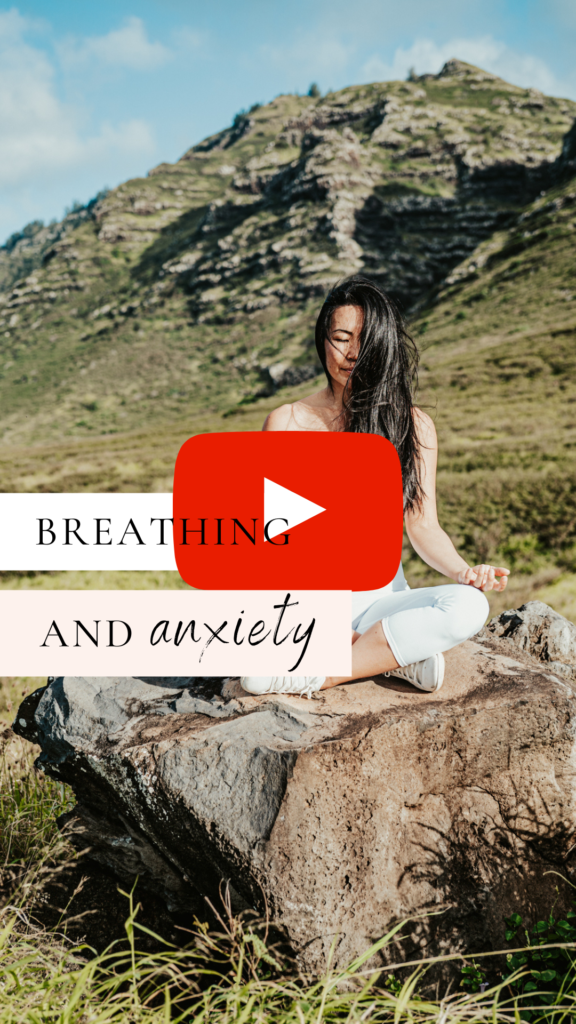Did you know that anxiety is a protective response by your brain?
Oddly enough, anxiety helps keep you safe.
This could look like:
1. Canceling dinner plans and staying in the comfort of your own home
2. Choosing to order takeout instead of dining out in a crowd
3. Feeling scattered as you are more alert of your surroundings and more easily distracted
When carrying anxiety, we’ll inevitably increase our heart rate which only contributes to more unease in our body!
So how can we steer our brain and body towards safety and reduce anxiety?
Through the power of our breath.
Breathing is a wonderful tool we can rely on when we are feeling anxious. However, in many cases we struggle to fully access this internal tool because we do not breathe optimally due to stress or we are a little tight or restricted.
Please check out the 60 second video on how to improve the expansiveness of your breath so you can access the parasympathetic nervous system (rest and digest system) and reduce feelings of anxiety.

As someone who struggles with anxiousness, learning how to better breathe has been one of the most powerful and supportive tools in my healing. The challenge I faced was the fact that I couldn’t breathe deeply.
I was always breathing shallow and into my neck, which only further contributed to my anxiety.
The Phrenic Nerve is plays a very important role in our capacity to breathe deeply. It passes through the cervical spine (neck) and sends signals that allow your diaphragm (breathing muscle) to contract. If we have a stiff neck we may notice our it impact our ability to breathe deeply.

A more strategic approach to decreasing feelings of anxiety is to first mobilize your cervical spine to improve the movement of the phrenic nerve so that your diaphragm can expand fully (it’s pretty incredible how interconnected the entire human body is).
I encourage you to explore the two neck mobility drills in the video above before you take some deep intentional breaths. You may notice a more profound impact on your anxiety when you first mobilize your neck.
The next time you feel anxious, try pausing and mobilizing your neck first then taking a few intentional breaths.
Curious to learn more about how to manage your anxiety with the tools that reside within you?
Please feel free to visit www.coachalyssachang.com/turn-left-collective to learn more about my nervous system healing space and private membership.
